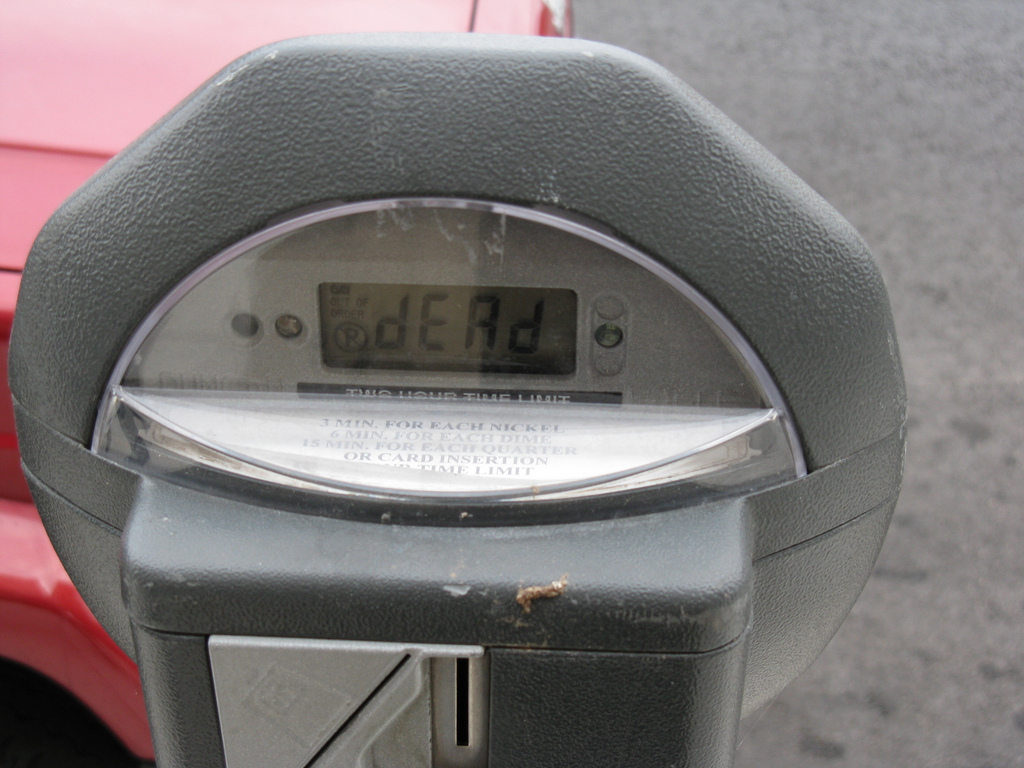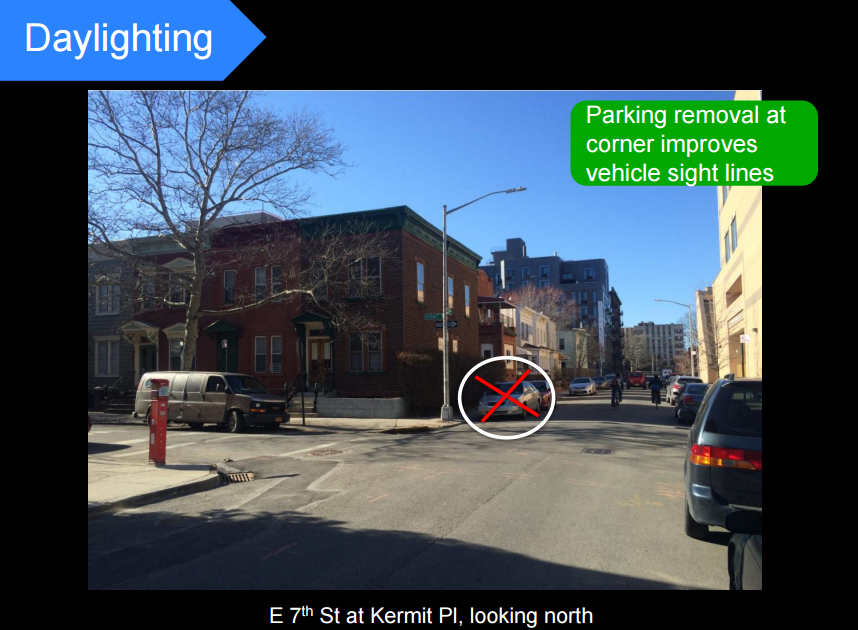What if we could make parking spaces in high-demand areas more widely available, while also making better use of under-used parking spaces elsewhere?
Think of it as Uber’s “surge pricing,” but for parking. (Though it elicits some grumbles from a consumer perspective, we think surge pricing can make lots of sense: it encourages more efficient choices by riders, and brings out more drivers when they’re most in demand).

One of the arenas that “smart city” proponents are most excited about is managing the supply of public parking spaces using dynamic prices. In prior decades, cities had very limited options with respect to pricing: they might be able to vary prices by time of day and neighborhood, but they had limited information and resources to really tailor prices to demand, and couldn’t respond to unusual events or changes.
But new technology allows cities to respond to real-time demand, raising prices where there are no available spots to encourage turnover and make sure that people who really need to park have a space to do so, and lowering prices on blocks with lots of extra capacity to encourage more use of the public resource. On both ends, by better reflecting the real value of public parking spots, cities can more efficiently use one of their most precious resources: space.
What New Haven, and San Francisco and other cities are doing is working to operationalize the insights from Don Shoup’s masterwork, The High Cost of Free Parking. One of Shoup’s precepts is that the price of on-street parking ought to be set at a level where there are about one or two free parking spaces on every block (or about 85 percent occupancy). This assures that there are always spaces available for those who want them (and are willing to pay) and cuts down on “cruising” to find free spaces. Since the value of parking varies significantly by time of day, and from block to block, ideally rates ought to change according to those variables as well. But common practice is to charge the same price almost everywhere in the city, and to change prices by time only very crudely. These policies do precious little to reflect demand, and therefore assure adequate supply.
That said, this is one of those instances where getting the right answer depends on asking the right questions. In this case, “What should the price of parking be here?” shouldn’t be allowed to entirely eclipse the bigger question: “What is the best use of this public space?”

In some ways, in fact, the rich new data on parking demand and dynamic prices might help cities decide that larger question. If, for example, parking on one street remains under-utilized even when prices are pushed down below a certain level, maybe that space would be better used in some other way: space for street vending carts, or additional sidewalk, or green space, or a bike or bus lane.
But even where prices are high, other uses might beat out the value created by parking. On a downtown street with lots of pedestrian traffic, would a food cart or newsstand owner be willing to pay more for the right to a prime location than potential parkers? Would the benefits to public safety of extra sidewalk space or a bike lane outweigh the revenue of the parking meters? What about creating a bus lane that eliminates a bottleneck for thousands of riders a day, dramatically increasing the road’s efficiency, by getting rid of 20 or 100 parking spaces?
In other words, dedicating public space for one use always incurs the opportunity cost of not using it for something else, and our decisions about what to dedicate public space to ought to take those opportunity costs into account. Pricing parking acknowledges and values these tradeoffs in a straightforward way.
But that’s not all that’s missing here. Proponents of “smart parking” say that one of their goals is to increase the usage of “underutilized” parking spaces. Often, that may mean increasing the total amount of driving. But, of course, driving incurs all sorts of extra social costs: pollution, wear and tear on public roads, injuries and deaths from crashes. When calibrating the appropriate price of parking on public space, should cities take those costs into account?

